Eloquent Earth: Early Terracottas in the State Archaeological Museum, West Bengal
Synopsis
Terracotta plaques and figurines are known from the later part of the 19 century from a number of archaeological sites of West Bengal. Sites like Pandu Rajar Dhibi, Chandraketugarh, Tamluk, Harinarayanpur, or Panna evoke memories of a vibrant artistic tradition that goes back to the Second Millennium B.C. and remained active till the 6 Century A.D. The State Archaeological Museum, West Bengal is one of the most important repositories of early Bengal Terracottas. Though largely unknown to the connoisseurs of Indian Art, the collection is accessible to the small community of museum professionals. This volume brings together for the first time all the available information with sensitive black and white illustration of these early Bengal Terracottas. This is an important addition to the existing literature on early Indian Art.
Read more
295.20
265.68
$
328.00 $
Free delivery Wolrdwidе in 10-18 days
Ships in 2-4 days from New Delhi
Membership for 1 Year $35.00
Get it now and save 10%
Get it now and save 10%
BECOME A MEMBER

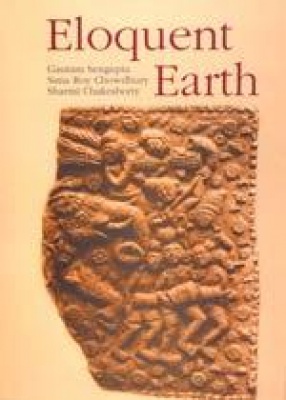
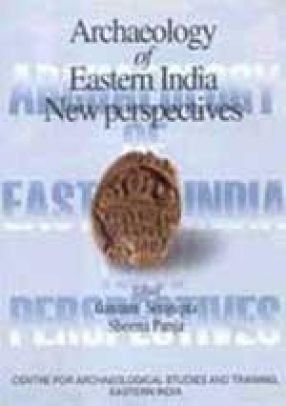
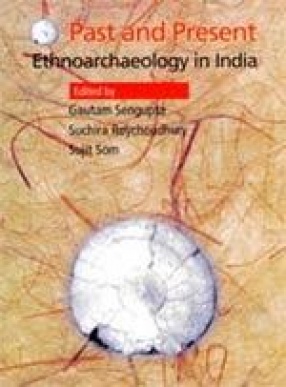

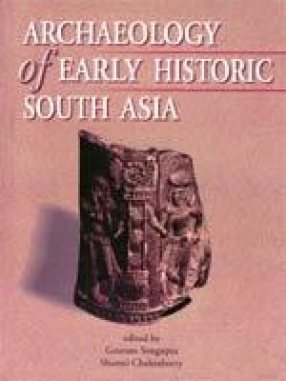
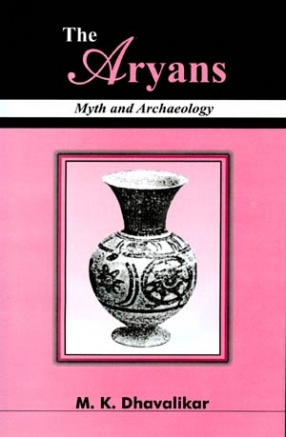
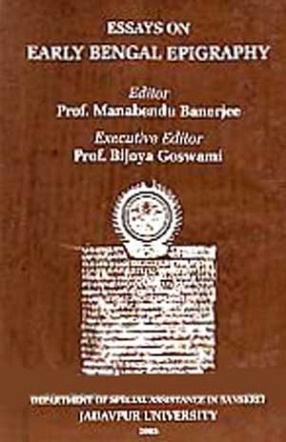
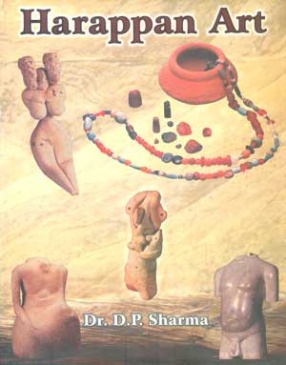
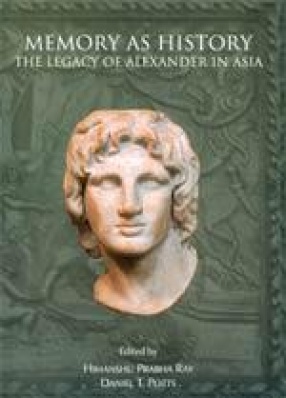

I have had the pleasure of browsing through this excellent volume on the terracottas in the keep of the State Museum of Archaeology, West Bengal. The first thing to be said about this volume, is, that, through this publication, the authors, have brought to light, for the first-time, a majority of the corpus of terracotta holdings of Bengal. As one, who has also had the pleasure of having visited the Museum in whose holdings the terracottas discussed in this work are kept, and having seen, first-hand, some of these excellent pieces of such art, I am more than delighted to say that the authors have done yeo(wo)man service to the cause of the study of these terracottas and to bring them to the notice of the public at large. As may be discerned easily from the book, the main purpose of the authors is to present, although necessarily diminished in proportion to the total collection of that Museum, a brief peep into the wonders of this delectable art form of West Bengal. I was delighted to see in this volume and in the Museum that there are a class of terracottas that are commonly called narrative reliefs, in other words, that these terracottas more than simply depicting a single or double human or animal figure, are composed such that there are multiple characters and they tell a story. Some of these narratives are religious in character, however, equally, some of these pertain to actual historical period events, depcited in terracotta, such as the depiction of Portuguese ships with people in them. This particular piece no doubt tells the story of the first of Portuguese traders that entered the Hoogly through the Bay of Bengal at the time when Gouda flourished as the Capital of Bengal. Then this terracotta must date to the 16th century.
Bibliographic information
Sima Roy Chowdhury
Gautam Sengupta